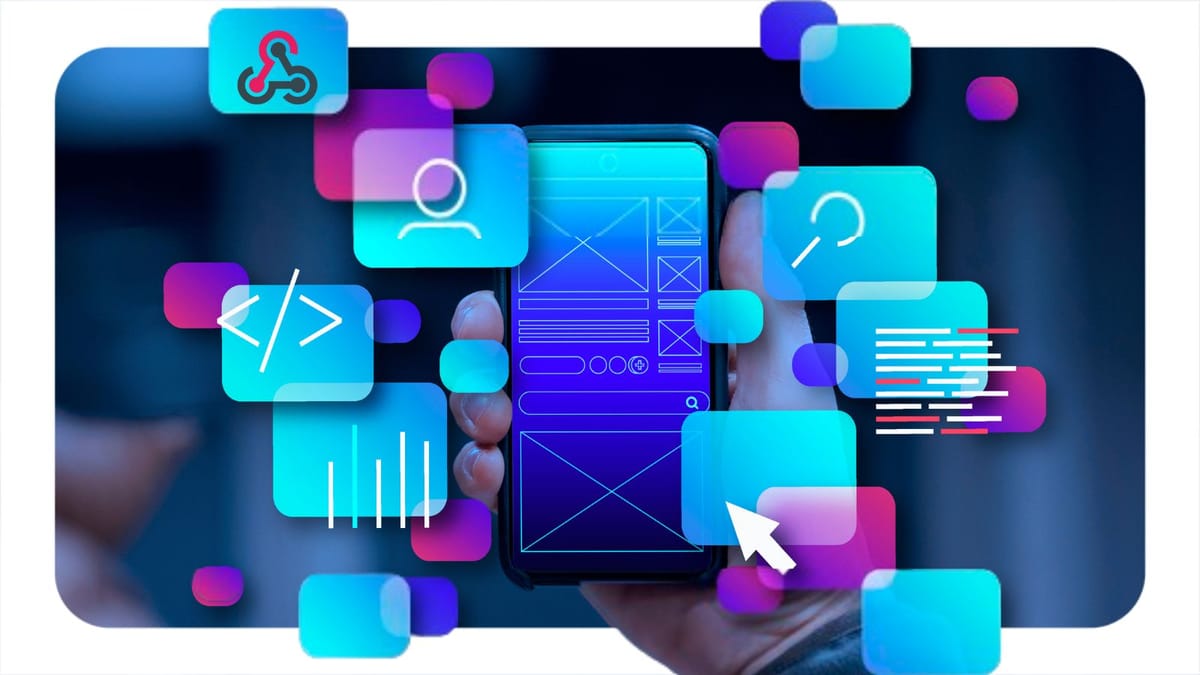Did you know that almost all businesses nowadays use some type of Learning Management System (LMS) for training? Whether you're a small business or a startup, implementing the right LMS can significantly impact your organization's training and development initiatives. But with so many options out there, picking the perfect one can feel overwhelming. In this comprehensive guide, we'll walk you through the process of choosing the right LMS for your small business or startup.
Step 1: Define Your Training Needs
Before diving into specific features, take a step back and identify your training goals.
- Identify Your Audience: Who will be using the LMS? Is it for onboarding new hires, training existing employees, or offering training to a remote team? Understanding your target audience helps determine the types of learning formats and delivery methods that will be most effective.
- Pinpoint Your Training Goals: Is it compliance training, software proficiency, industry-specific expertise, or soft skills development? Having clear training goals guides you in selecting an LMS with features that cater to those specific learning objectives.
- Analyze Your Current Training Methods: Are you currently using any training materials or programs? If so, identify any gaps or limitations in your existing training methods. Evaluating your current approach helps determine if the LMS needs to integrate with existing materials or completely replace them.
- Assess Your Budget: How much are you willing to invest in an LMS? LMS pricing models can vary depending on features, number of users, and deployment options. Defining your budget helps you shortlist LMS options that fit your financial constraints.
By outlining your training needs and budget, you can narrow down your LMS options to those that cater to your specific requirements.
Step 2: Consider Key LMS Features
Once you have a clearer picture of your training goals, examine the essential features offered by different LMS platforms. Here are some key functionalities to evaluate:
- User-friendliness: An intuitive and easy-to-use interface is crucial for both administrators and learners. Look for platforms with a clean design and clear navigation.
- Content Management: Assess the ease of uploading, organizing, and managing your training content. Look for systems that integrate with existing learning materials and authoring tools.
- Evaluate Features and Functionality:
Identify the must-have features and functionality that are essential for your organization's training needs. Some key features to consider include:
- Course authoring tools
- Content management system
- Mobile compatibility
- Gamification capabilities
- Assessment and grading tools
- Reporting and analytics
- Integration with existing systems (e.g., HR software, CRM)
- Delivery Formats: Does the LMS support your preferred learning methodologies? Does it accommodate eLearning modules, video content, assessments, and live webinars?
- Mobile Compatibility: Is the LMS accessible on mobile devices? With an increasingly mobile workforce, mobile-friendly functionality is essential for seamless learning on the go.
- Reporting & Analytics: Track training progress and measure learning outcomes. Choose an LMS that provides detailed reports and analytics to gauge the effectiveness of your training programs.
Step 3: Explore Free Trials and Demos
- Identify Your Goals for the Trial/Demo: What aspects of the LMS do you want to test? Is it user-friendliness, content management functionalities, or mobile accessibility? Having clear goals will help you focus your exploration during the trial or demo.
- Schedule a Demo: Most LMS providers offer live demos conducted by a representative. This is a fantastic opportunity to ask specific questions about the platform and see it in action. Come prepared with your training goals and any features you're particularly interested in.

Schedule a Demo
Talk to Sales- Sign Up for Free Trials: Utilize the free trial periods offered by LMS vendors. This allows you to explore the platform independently, at your own pace. Set aside dedicated time to test the LMS and create a sample training module or upload existing training materials.
Step 4: Factor in Customer Support
1. Smooth Implementation and Onboarding: Setting up a new LMS and migrating your training materials can be a complex process. Responsive and knowledgeable customer support can be a lifesaver during the initial implementation phase. Look for vendors who offer dedicated support channels (phone, email, live chat) to guide you through the setup process and answer any questions that arise.
2. Ongoing Training Management: Even after the initial setup, questions and troubleshooting needs may pop up throughout your LMS journey. Having access to reliable customer support ensures you receive timely assistance if you encounter any technical difficulties or require clarification on specific features.
Step 5: Security and Compliance
As you entrust your training materials and employee data to the LMS platform, prioritize security features. Ensure the LMS complies with relevant data privacy regulations.
Beyond the Features: Consider These Additional Factors
- Implementation Time: How quickly can you get your LMS up and running?
- Pricing Model: Does the pricing structure align with your budget and business needs? Consider per-user fees, subscription models, or one-time licensing costs.
- Vendor Reputation: Research the vendor's track record and user feedback.
BrainCert: Your Perfect LMS Partner
BrainCert is here to guide you through every step of your LMS selection process:
1. Define Your Needs: BrainCert caters to diverse learners and training goals, seamlessly integrating with your existing methods and offering various learning styles support. Explore our flexible pricing options!
2. Key Features: BrainCert offers a user-friendly platform with robust features like content management, multiple assessment options, multiple learning formats, mobile compatibility, and in-depth reporting. It scales with your business and integrates with popular applications.
3. Free Trials & Demos: Experience BrainCert firsthand with our free trial and live demos. Explore features, upload materials, and see how BrainCert aligns with your goals.
4. Top-Notch Support: Our dedicated support team is available via phone, email, and live chat to answer your questions and assist you throughout your LMS journey.
5. Security & Compliance: BrainCert prioritizes data security and complies with relevant regulations, ensuring the safety of your training materials and employee data.
To Conclude
In conclusion, selecting the ideal LMS like BrainCert for your small business or startup necessitates a thorough evaluation of your training needs, budget, user-friendliness, features, scalability, customer support, security, and future trends. By following these steps and conducting comprehensive research, you can choose an LMS that empowers your organization to deliver impactful and engaging training programs, fostering growth and success.










